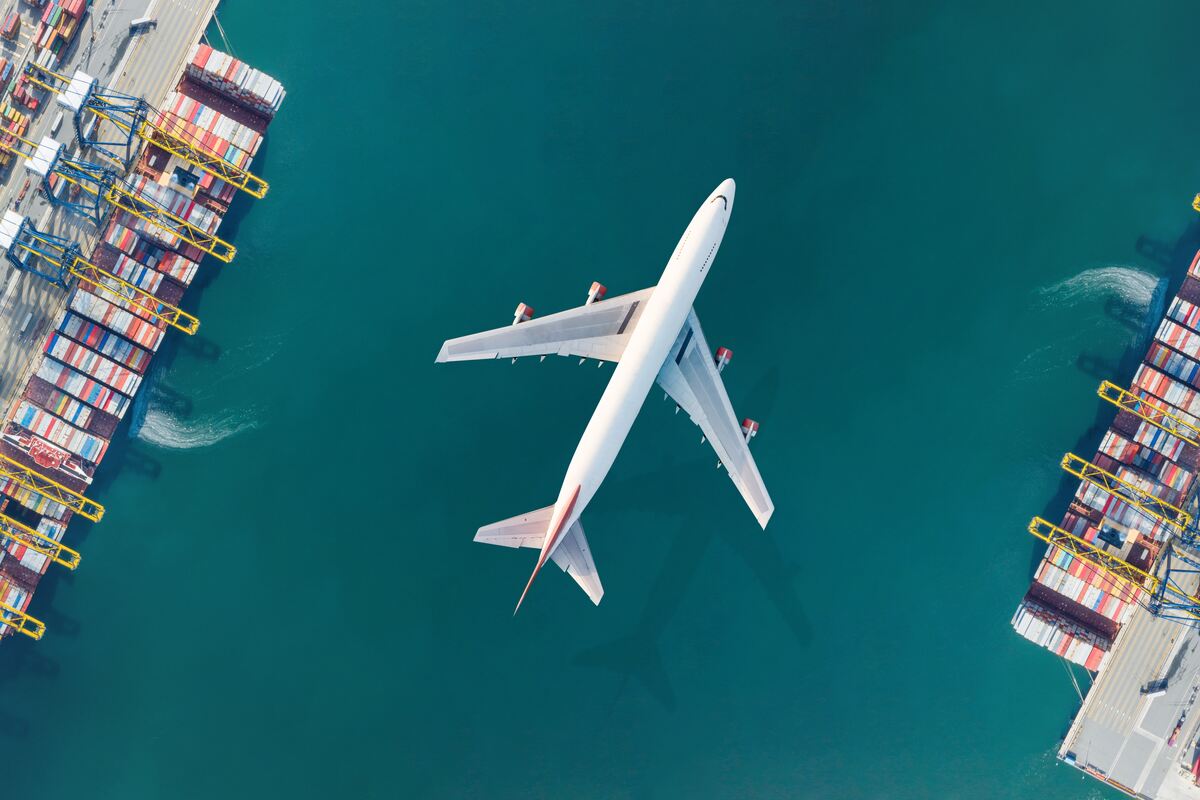As tensions in the Red Sea continue to disrupt ocean freight, retailers and manufacturers are increasingly turning to air shipping as an alternative to maintain supply chains. The latest report from freight platform Xeneta reveals a significant increase in air cargo volumes from Vietnam to Europe, a major trade route for clothing exports. The route witnessed a 62 percent rise in the week ending on January 14. This surge in demand is coupled with a 10 percent increase in air shipping rates compared to the previous week. This development marks the first impact of the Red Sea crisis on air freight.
Growing concerns
The Red Sea crisis has raised concerns about ocean freight costs, transport delays, and the safety of shipping routes. With about 12 percent of the world’s shipping traffic passing through the Suez Canal, disruptions have prompted companies to explore alternative routes. Moreover, the ongoing conflict in the region has further complicated the situation, leading to a long and expensive detour around the Cape of Good Hope.
Air shipping on the rise
Despite being a typically quieter time of year for air freight, the Xeneta report highlights a substantial increase in air freight volume on the Vietnam to Europe route. The volume is 6 percent higher than last year’s peak week in October. Moreover, it represents a 16 percent increase from the volumes recorded in the same week last year. Hence, this surge in demand indicates a potential shift from ocean to air shipping as companies seek alternatives amidst the Red Sea crisis.
However, analysts caution that the diversion of container vessels from the Red Sea due to the risk of attacks could lead to increased air shipping costs. While air freight rates have remained relatively stable during the off-peak season, there has been a notable 91 percent week-on-week increase in air rates on the China to Northern Europe route. Moreover, shippers are facing shortages in empty containers as the Chinese lunar new year approaches, further driving demand for air shipping.
Read: Red Sea turmoil pushes shipping costs up by 250 percent
Boost for the aviation industry
A potential sharp rise in air shipping demand amid the Red Sea crisis could serve as a boost for the aviation industry, which is already experiencing growth in cargo volumes following the peaks recorded during the COVID-19 pandemic. Etihad Airways’ cargo arm has reported an increase in inquiries, particularly for routes out of Asia. This comes amidst increasing demand for faster transit times in the e-commerce sector.
Etihad Cargo is closely monitoring the relationship between sea and air shipping costs. It noted that the influence of ocean shipping rates on air shipping has been relatively small so far. However, as companies explore alternatives to navigate the challenges posed by the Red Sea crisis, the dynamics between sea and air shipping continue to evolve, shaping the future of global logistics.
For more news on logistics, click here.




